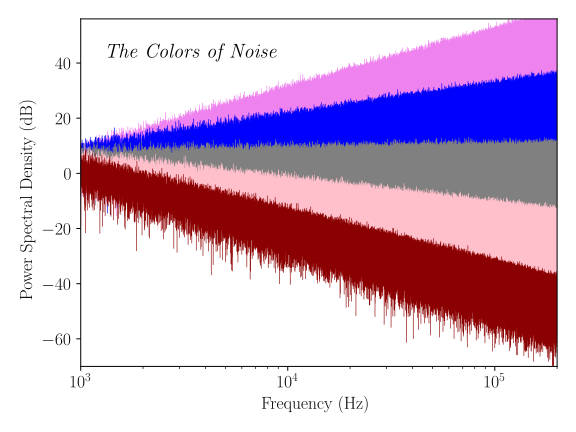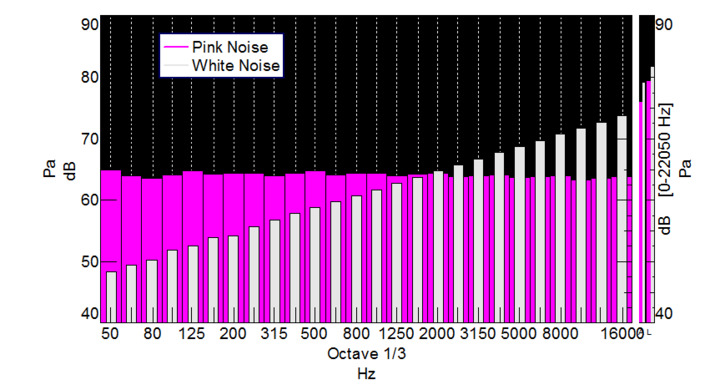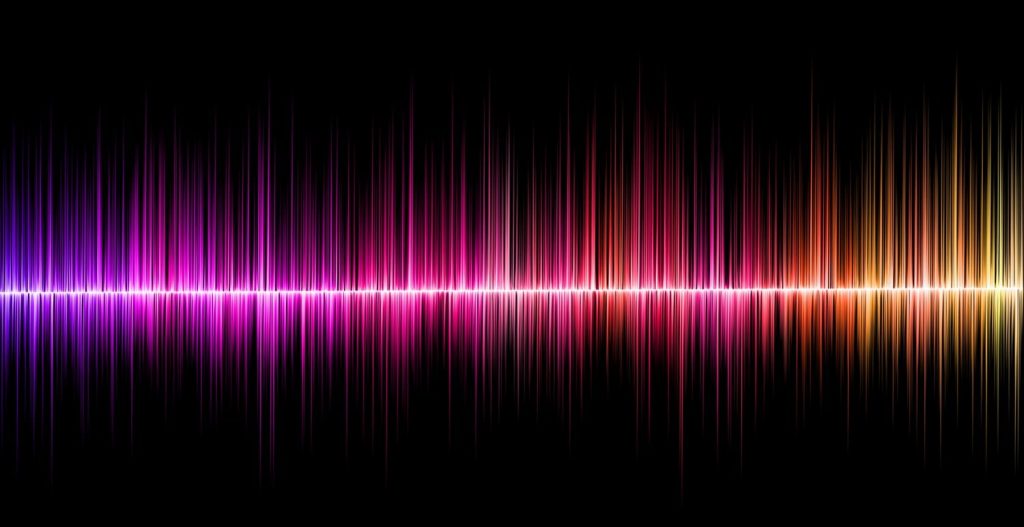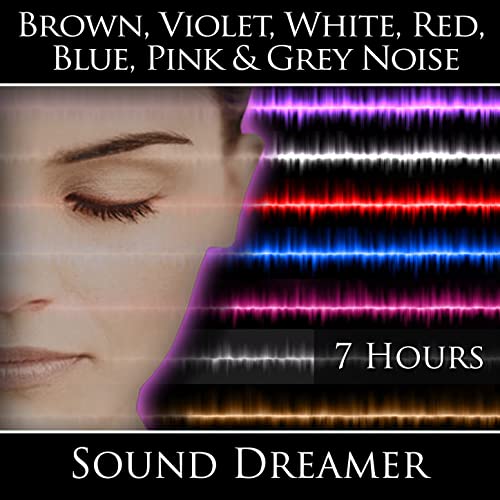
Pink noise is a type of noise that is commonly used in room acoustics to evaluate the performance of a space. It is named after the way it appears on a spectrogram, which is a graphical representation of the frequency content of a sound signal. On a spectrogram, pink noise appears as a diagonal line that slopes downward from left to right, hence the name “pink” noise.
Pink noise is different from white noise, which has a flat frequency spectrum and is often used for masking or blocking out other sounds. Pink noise, on the other hand, has a frequency spectrum that decreases at a rate of 3 dB per octave, which means that the energy of the noise decreases as the frequency increases. This makes pink noise sound more balanced and natural to the human ear, as it contains energy at all frequencies and is not overly dominant in any particular frequency range.
In room acoustics, pink noise is used to measure the frequency response of a space and to evaluate the performance of sound-absorbing materials. It is typically played through a speaker system and the sound level is measured at various points in the room using a microphone. The resulting data is then plotted on a graph, which allows acousticians to analyze the frequency response of the space and identify any issues or deficiencies that may need to be addressed.

One common use of pink noise in room acoustics is in the measurement of reverberation time, which is a measure of how long it takes for sound to decay in a space. Reverberation time is an important factor in the acoustics of a room, as it can affect speech intelligibility and the overall clarity of sound. By measuring the reverberation time of a space using pink noise, acousticians can determine the optimal level of sound absorption needed to achieve the desired level of clarity and intelligibility.
In summary, pink noise is a type of noise that is commonly used in room acoustics to evaluate the performance of a space. It has a frequency spectrum that decreases at a rate of 3 dB per octave and is used to measure the frequency response of a space and to evaluate the performance of sound-absorbing materials. It is an important tool for acousticians in the design and analysis of room acoustics.
At Acoustic Fields, we know that white noise on the other hand is a type of random, broadband sound that is often used in room acoustics to mask other sounds and create a sense of privacy. It is called “white” noise because it contains equal amounts of energy at all frequencies within a given range, much like white light contains all wavelengths of the visible spectrum.
Read more about our Sound Barrier Technology here.

In room acoustics, white noise can be used to mask sounds such as conversations, traffic, or other background noises that may be distracting or disruptive. This is especially useful in open office environments or shared living spaces where noise levels can be high.
To create white noise, a sound generator produces a wide range of frequencies at the same time, resulting in a hissing or static-like sound. This sound is typically played at a consistent volume and can be adjusted to suit the needs of the environment.
There are several ways to introduce white noise into a room, including using a white noise machine or installing a white noise system. White noise machines are portable devices that can be placed anywhere in a room and are often used for sleep or relaxation. White noise systems are more permanent installations that are typically integrated into the building’s HVAC system and can be controlled via a central system.

One of the main benefits of using white noise in room acoustics is that it can help to reduce distractions and improve focus. It can also provide a sense of privacy and reduce the feeling of being overheard, which can be especially important in shared workspaces.
However, it is important to note that white noise can also be disruptive if it is too loud or if it is played for extended periods of time. It is generally recommended to use white noise at a moderate volume and to take breaks from it as needed.
In conclusion, white noise is a useful tool in room acoustics for masking unwanted sounds and creating a sense of privacy. It can be introduced into a room using a white noise machine or a white noise system, and can be helpful in reducing distractions and improving focus. However, it is important to use white noise at a moderate volume and to take breaks from it as needed to avoid disruption.






